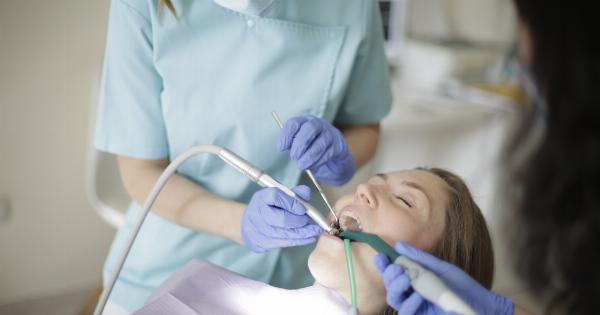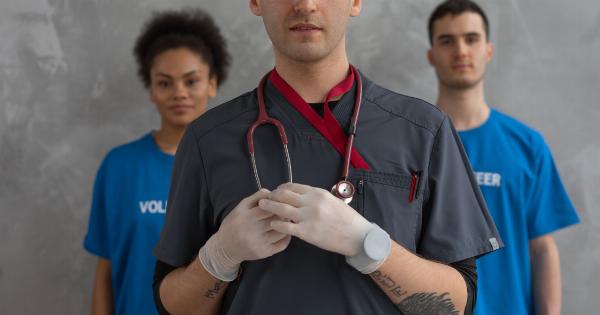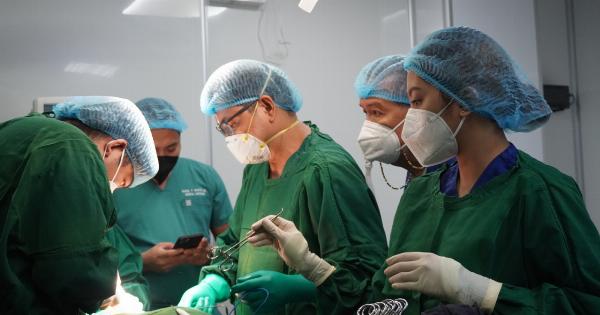In a shocking turn of events, a major mix-up occurred at a renowned hospital that resulted in heart surgery being performed on the wrong patient.
This incident has sparked outrage and raised serious concerns about patient safety and medical error prevention.
The Unfortunate Incident
The incident took place at St. Mark’s Hospital, a prominent medical facility known for its expertise in cardiac surgeries. Mr.
John Smith, a 55-year-old patient, was admitted to the hospital for an urgent bypass surgery to address his deteriorating heart condition.
However, due to an unfortunate series of mistakes and lapses in protocol, Mr. Smith’s medical records were mixed up with those of another patient, Mrs. Jane Davis, who was scheduled for a completely unrelated procedure.
This mix-up went unnoticed by the medical staff, including the surgeon, anesthesiologist, and nurses involved in the case.
The Surgical Procedure
On the scheduled day of Mrs. Davis’ procedure, the medical staff initiated the surgery without verifying the patient’s identity against the medical records properly.
Both patients were suffering from heart-related ailments, which further complicated the situation. In a distressing oversight, the surgical team mistakenly proceeded with Mr. Smith’s bypass surgery on Mrs. Davis.
The surgery went on for nearly three hours before the mistake was discovered. It was only during the post-op assessment that the nurse noticed discrepancies in the patient’s medical charts and alerted the attending physician.
By that time, the heart surgery had been completed, and Mrs. Davis had received unneeded bypass grafts.
The Immediate Response
As soon as the mix-up was brought to light, the hospital administration took immediate action to rectify the situation. Mrs. Davis was rushed into emergency surgery to correct the errors and remove the bypass grafts. Simultaneously, Mr.
Smith was swiftly prepared for his much-needed bypass surgery.
The hospital also initiated an internal investigation to determine how such a grave mistake occurred and to prevent future incidents of a similar nature.
The surgical team involved in the mix-up was temporarily suspended pending the investigation’s outcome.
Medical Error and Patient Safety
This mix-up has brought the issue of medical errors and patient safety to the forefront. Despite stringent protocols and established procedures, human errors can and do occur.
Patient safety must always be a top priority in any healthcare facility, and incidents like this remind us of the need for constant diligence and better systems to prevent such mistakes.
According to the World Health Organization (WHO), medical errors affect millions of patients globally each year, leading to significant morbidity, mortality, and emotional distress for patients and their families.
Healthcare organizations must take proactive measures to reduce the occurrence of medical errors and ensure the highest level of patient safety.
The Importance of Double-Checking
In this case, the mix-up could have been prevented if the medical staff had followed strict verification protocols.
Properly checking the patient’s identity against their medical records, including cross-referencing with multiple identifiers, is crucial to ensuring the right patient undergoes the appropriate procedure.
Double-checking should not be limited to patient identity alone. It is equally vital to verify the medical procedure to be performed, matching it with the patient’s diagnosis and informed consent.
This extra step during pre-surgical preparations can significantly mitigate risks associated with wrong surgeries or procedures being performed on unintended patients.
Rebuilding Trust in Healthcare
Instances like the heart surgery mix-up at St. Mark’s Hospital can severely impact patients’ trust in healthcare systems.
Patients and their families put their lives in the hands of healthcare providers, relying on their expertise and commitment to deliver safe and accurate care.
Healthcare organizations must openly acknowledge and address incidents of medical errors to rebuild trust among patients and the broader community.
Transparent communication, apologies, thorough investigations, and implementation of preventive measures are essential steps hospitals and healthcare professionals need to take to prevent future occurrences.
The Continuing Journey Towards Safer Healthcare
While medical errors cannot be entirely eradicated, continuous efforts are being made to improve patient safety and reduce the occurrence of such incidents.
The healthcare industry collectively learns from each mistake and works towards implementing better systems and processes.
Ensuring patient safety necessitates a robust culture of reporting errors and adverse events without fear of retribution.
Healthcare providers need to encourage an environment where mistakes can be openly discussed and learnings can be shared across the industry.
The Role of Technology in Preventing Errors
Technology plays a significant role in preventing medical errors and enhancing patient safety.
Electronic Health Records (EHRs), barcoding systems, and computerized physician order entry (CPOE) systems can help reduce the risk of misidentification, medication errors, and communication mishaps.
Implementing technology-driven solutions that integrate checks and balances into the healthcare workflow can minimize the likelihood of human errors with potentially grave consequences.
However, it is crucial to ensure that healthcare professionals are adequately trained to leverage these technologies to their full potential.
The Aftermath for Patients and Families
For patients like Mr. Smith and Mrs. Davis, the consequences of the heart surgery mix-up are far-reaching.
Not only did they have to endure unnecessary interventions and the associated physical trauma, but the emotional and psychological toll on them and their families cannot be understated.
Hospitals must provide comprehensive support, including counseling services, for patients and families who have been affected by medical errors.
Additionally, financial compensation and coverage for any additional medical expenses resulting from these mistakes should be provided without hesitation.
Learning from Mistakes
The heart surgery mix-up serves as a grim reminder of the need for continued vigilance and proactive prevention of medical errors in healthcare settings. This incident has prompted St.
Mark’s Hospital and other institutions worldwide to reinforce their commitment to patient safety and drive improvements in their systems and protocols.
Conclusion
The heart surgery mix-up at St. Mark’s Hospital stands as a stark example of how even the most reputable healthcare institutions can be susceptible to grave errors.
This unfortunate incident underscores the importance of strict adherence to established protocols for patient verification and procedure matching.
Furthermore, it reminds healthcare professionals, administrators, and regulators of the ongoing responsibility to prioritize patient safety above all else.
By fostering open communication, capitalizing on technological advancements, and continuously learning from mistakes, we can collectively strive towards a future where such preventable errors become increasingly rare.



























